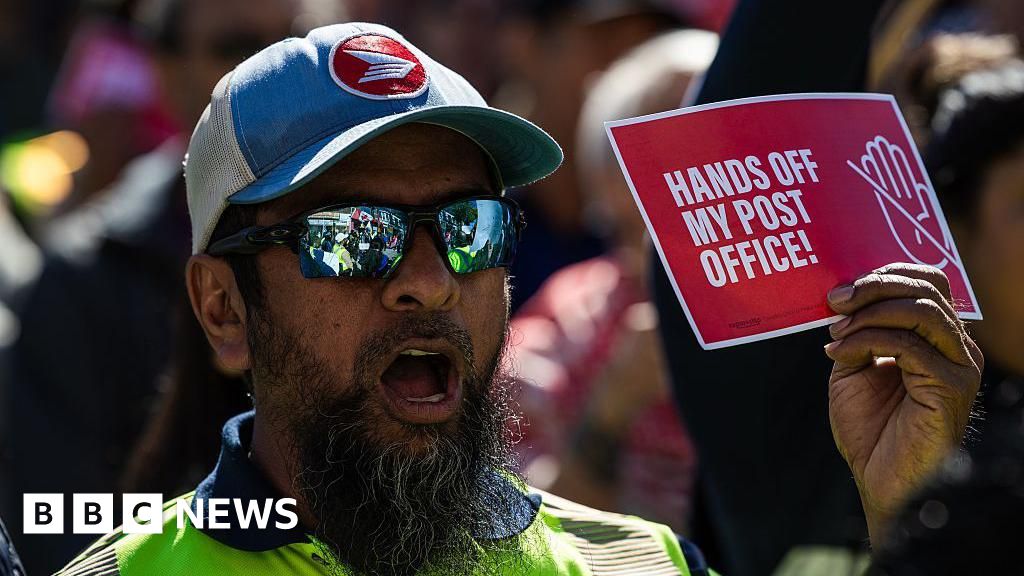By Michael Sincere
Linda Raschke shares the secrets behind playing to win and her successful trading career
“You are going to lose money,” says stock trader Linda Raschke. “It’s the tuition that every trader ends up paying.”
‘If trading were easy, it wouldn’t exist, because everybody would be a winner.’Linda Raschke
Linda Raschke first learned about the stock market from a book in her father’s library: “A Treasury of Wall Street Wisdom,” edited by Harry D. Shultz. A copy still sits on her shelf. Raschke began her investing career at the Pacific Coast Stock Exchange before moving to the Philadelphia Stock Exchange, where she gained experience in making markets in equity options.
After becoming a commodity trading advisor, or CTA, Raschke launched LBR Group and LBR Asset Management. She founded the Granat hedge fund, ranked by Barclay Hedge as No. 17 out of 4,500 hedge funds for best five-year return. She was also officer of several technical societies and lectured on technical analysis around the world. Raschke offered some of her findings in “Street Smarts,” a book written in collaboration with Larry Connors.
Raschke is known for swing trading for shorter durations – anywhere from an hour to two months. After 45 years, she remains a profitable trader, which she attributes to daily preparation. Raschke was the first woman to be included in Jack Schwager’s book, “The New Market Wizards,” which elevated her credibility, and fame, among traders.
Raschke is the author of “Trading Sardines: Lessons in the Market from a Lifelong Trader,” an account of what she’s learned in decades of market experience. Her trading is built around robust technical set-ups that she has modeled across all markets. Raschke refers to them as “principles of price behavior.” She acknowledges that decades of tape reading, and market experience, make a big difference.
In this recent interview, edited for length and clarity, Raschke discusses what traders need to do to be profitable, how to minimize losing money, and the set-ups she looks for when trading.
MarketWatch: What advice would you give new traders?
Raschke: Start with a very small account size because you are going to lose money. It’s the tuition that every trader ends up paying. People think they’re smart, but they are not savvy, yet, to different market environments and context. It’s much more than just learning technical analysis.
MarketWatch: What do traders need to understand before they can become consistently profitable?
Raschke: When to use leverage but, even more important, understanding the bad habits that are costing you money. No one can teach you how to trade. You need to step up, find your own style, and keep trying different methods. Most people underestimate the learning curve. There is an initial period that can last for a few years to a lifetime when the learning is haphazard and disorganized. During this stage, you are accumulating experiences. At some point, the trader becomes more deliberate about their development, figuring out what kind of trader they will be. This is the hard part. If you are just starting, it’s helpful to have a lot of money tucked away that you can live off of without the pressure of having to make money.
‘Many traders underestimate the number of hours that they need to devote each day to trading. It is not a part-time job.’
MarketWatch: Why do so many traders struggle with discipline?
Raschke: Many people don’t give it enough time. If they’re not successful on a trade immediately, they often move too quickly to the next trade. Every time they click, it’s a dopamine hit. It’s very addictive. It’s like gambling. It goes to the same part of the brain that gambling goes to, which is why some people click far too often. Most don’t recognize their own cognitive biases, either.
MarketWatch: What separates the small percentage of traders who succeed from the majority who don’t?
Raschke: First is awareness or self-actualization. If trading were easy, it wouldn’t exist, because everybody would be a winner. Several studies have concluded that very few traders’ accounts were profitable at the end of the year. If you are a trader with an account size of less than $30,000, 5% are going to be profitable at the end of the year. Do you want to be a professional tennis player, golfer, or rock ‘n’ roll star? There’s only so much room at the top in most fields.
MarketWatch: How do you approach the markets each day?
Raschke: Every single day, I have a game plan. Let’s say I have an existing position in gold (GC00). Will I add to an existing position because it’s in a strong uptrend? Am I going to move my stop? Or am I going to take partial profits and trade against the core position. This is part of my game plan, which is all I care about. My business is to see if there are any arbitrage opportunities during the day. If a security gaps up, will it retrace back below its 7 a.m. CST reading by noontime? Technical analysis ignores the news and ignores the fundamentals, and focuses instead on the chart to gauge how fast prices are moving, among other things.
‘I always take on a position with the intention of holding it overnight. I make most of my money holding overnight.’
MarketWatch: How would you describe your trading style and time frame?
Raschke: I’m not a day trader. I always take on a position with the intention of holding it overnight. I make most of my money holding overnight. Whether that happens or not is another story. The market is similar to bending over and picking up a dollar bill on the sidewalk. It’s like 31 flavors. There are many beautifully moving markets, but they won’t benefit you unless you prepare and do your homework.
MarketWatch: How do you approach setting up a trade in something such as the S&P 500 SPX?
Raschke: You look at the price opening today relative to the previous day’s range. You decide whether to trade off the opening price, and where support should be if the market is in an uptrend, but it may want to sell off first thing in the morning. A lot involves making a note of how price acts at those levels. For example, let’s say the market has had four consecutive down bars, which is rare in the S&P 500. The next morning, I may consider buying, since the market is oversold, but I may not hold it for too long unless it makes a “V” or builds a small base.
MarketWatch: What do most people misunderstand about what it really takes to become a successful trader?
Raschke: Many traders underestimate the number of hours that they need to devote each day to trading. It is not a part-time job. It is a 12- to 14-hour-a-day job when you’re starting. They underestimate the homework, preparation and studying, and being ready for two or three different scenarios the next day. Once you’ve done that, you have to do it day after day to get a feel for your Achilles’ heel. It is not about swinging for the fences, getting rich, buying bitcoin and hoping it goes to a billion dollars. Each day has its own playbook, and you go in there and you make your plays.
MarketWatch: Why is it so hard for most traders to capture the big winning trades?
‘The way to win this game is to stay in it. Most people will not. They will make big errors. They will get frustrated. They will spin their wheels.’
Raschke: Statistically speaking, four days out of the year could make 80% of your profits. Understanding how to capture those fat tails is really what trading is all about. Sometimes systems will keep you in those fat tails, which is the idea behind trend following. However, this approach is not appropriate for new traders, as they often lack the capital and fortitude to execute it correctly. It’s nice to talk about staying with a trade, but trend following has some 40% drawdowns if you are trading it appropriately. New traders won’t be able to handle that.
MarketWatch: How do you develop and test the trading patterns that you use?
Raschke: I have lots of fabulous little patterns that I like to trade, but they may occur only twice a month. You have to do modeling, which involves asking questions. For example, what happens if the price remains above the opening price throughout the day, only to drop below it at noon? What percentage of the time will it close on its low? What percentage of time does it come back up? People need to spend a lot more time doing this basic modeling, which is not a mechanical system.
MarketWatch: Can traders predict major market moves or outlier events in advance?
Raschke: No. The whole point is that you can’t predict these things in advance. You couldn’t predict in advance that Russia was going to invade Ukraine, and wheat went skyrocketing higher. You can’t predict these outliers. You need to understand when they start to unfold and learn what the market is telling you.
MarketWatch: Once an outlier move begins, how should traders respond?
Raschke: You want to trade in the same direction as the outlier. I don’t want to step in front of a freight train and play mean reversion at the same time that something’s exploding. Hell no. When that freight train leaves the station, you want to jump onboard, especially when it’s starting to pick up speed.
MarketWatch: What’s the most important factor in becoming a successful trader over the long run?
Raschke: The way to win this game is to stay in it. Most people will not. They will make big errors. They will get frustrated. They will spin their wheels. They don’t understand capital preservation. They will trade on margin, but the way to win in the long run is to stay in it, as this allows you to accumulate experience.
Michael Sincere is the author of several books, including “Understanding Stocks,” “Understanding Options,” and “Help Your Child Build Wealth.”
More: Stocks near all-time highs. Consumer sentiment near-record lows. So what gives?
Also read: How $5,000 became $31 billion: 5 market lessons from the greatest trader ever
-Michael Sincere
(MORE TO FOLLOW) Dow Jones Newswires
11-22-25 1123ET
Copyright (c) 2025 Dow Jones & Company, Inc.






